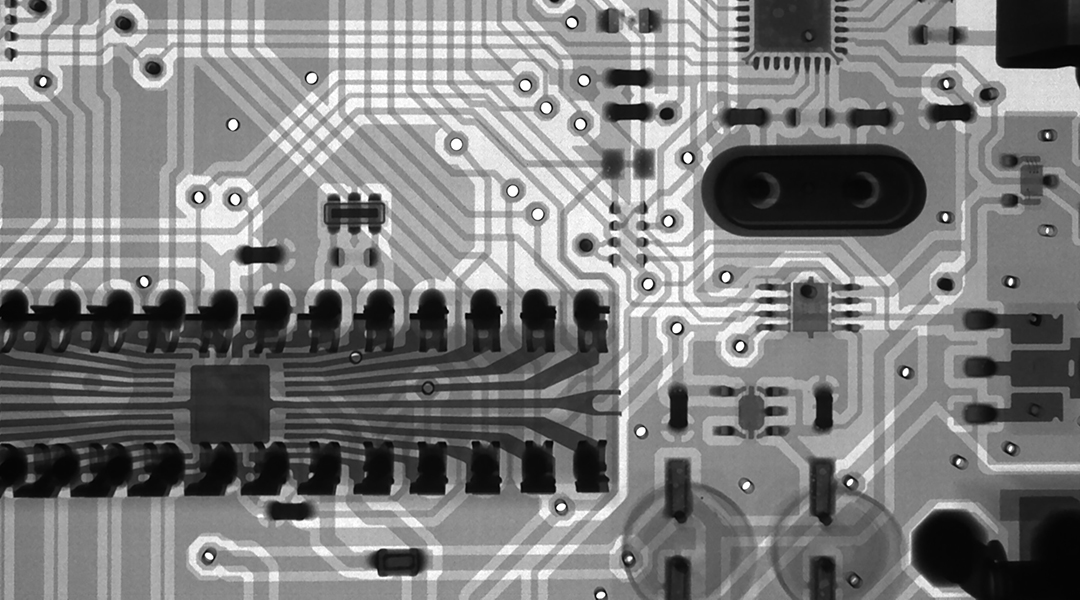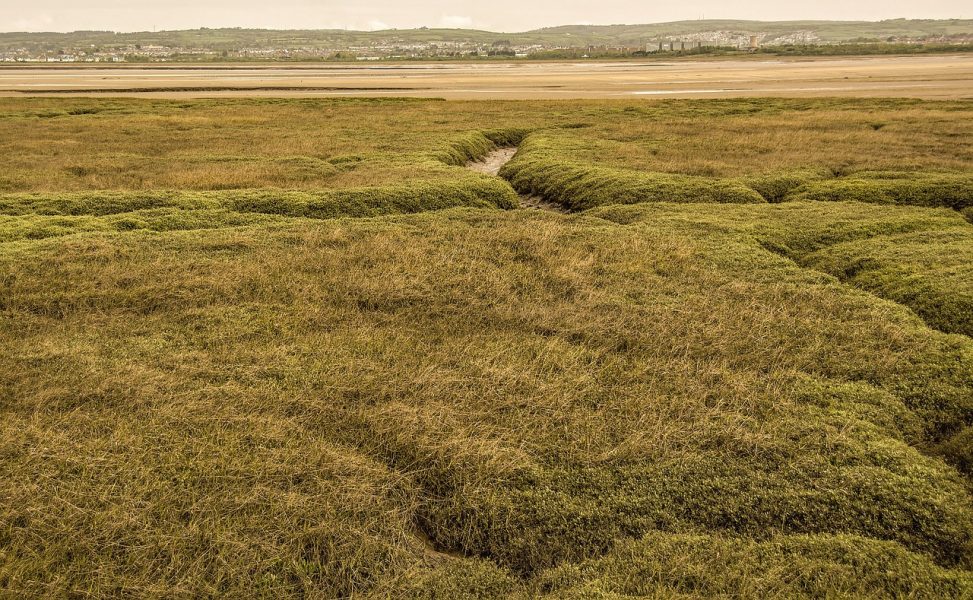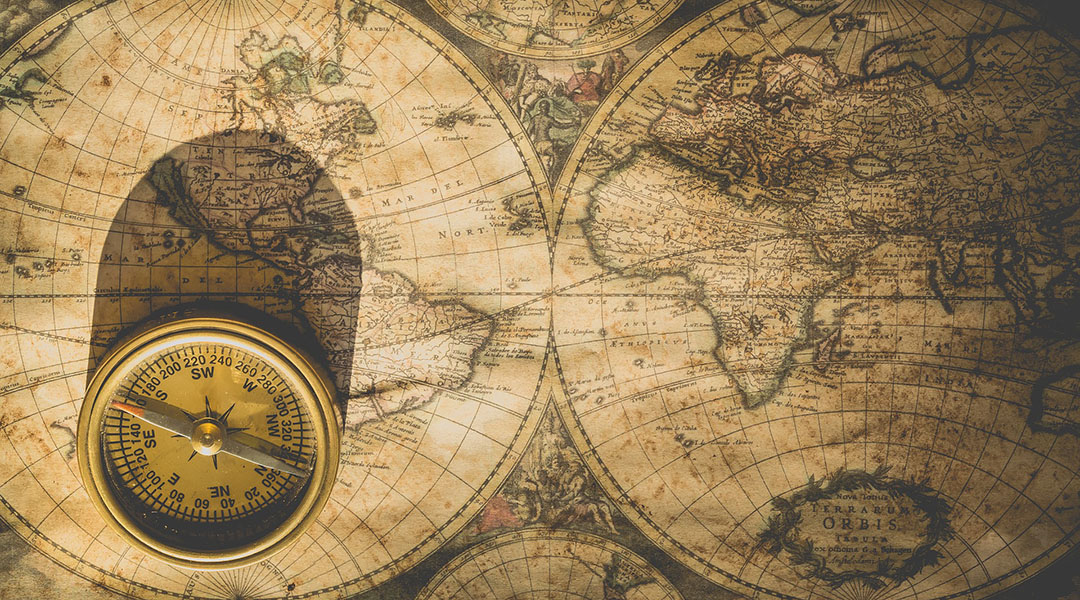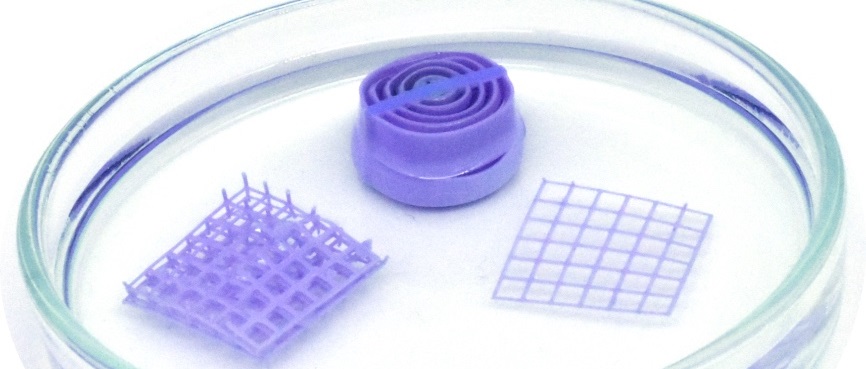In this WIREs Water review, the authors appraise the effectiveness with which emerging technologies and tools can (or cannot) be used to semi-automate the geomorphic analysis of rivers.


In this WIREs Water review, the authors appraise the effectiveness with which emerging technologies and tools can (or cannot) be used to semi-automate the geomorphic analysis of rivers.

A quantum autoencoder via approximate quantum adders in the Rigetti cloud quantum computer is carried out employing up to three qubits.

Floodplains are some of the most ecologically important and human‐impacted habitats throughout the world.

Large-scale re-forestation can be a very effective means to decarbonize the future.

From royal decrees of the middle ages to ideals born from revolutionary upheaval; the remarkable history of standard measurements.

A Spanish-Israeli team of scientists developed a new, versatile plastic-composite sensor that can detect tiny amounts of water. The 3D printable material is cheap, flexible and non-toxic and: it changes the colour.

Henkel introduced a novel protective underfill material that can withstand high operating temperatures.

Self-healing, adaptive, and multifunctional materials play a pivotal role in engineering next-generation spacecraft.

On August 11, NASA’s Parker Solar Probe took off to travel closer to the Sun, deeper into the solar atmosphere, than any mission before it.
There are striking similarities between the structure of natural river networks and others found in systems as diverse as brains, roads and the communication technologies. Using a series of examples, the authors illustrate how a suite of graph theory-based metrics derived from diverse disciplines can be used to provide new insights into the structure and kinematics of braided river networks.